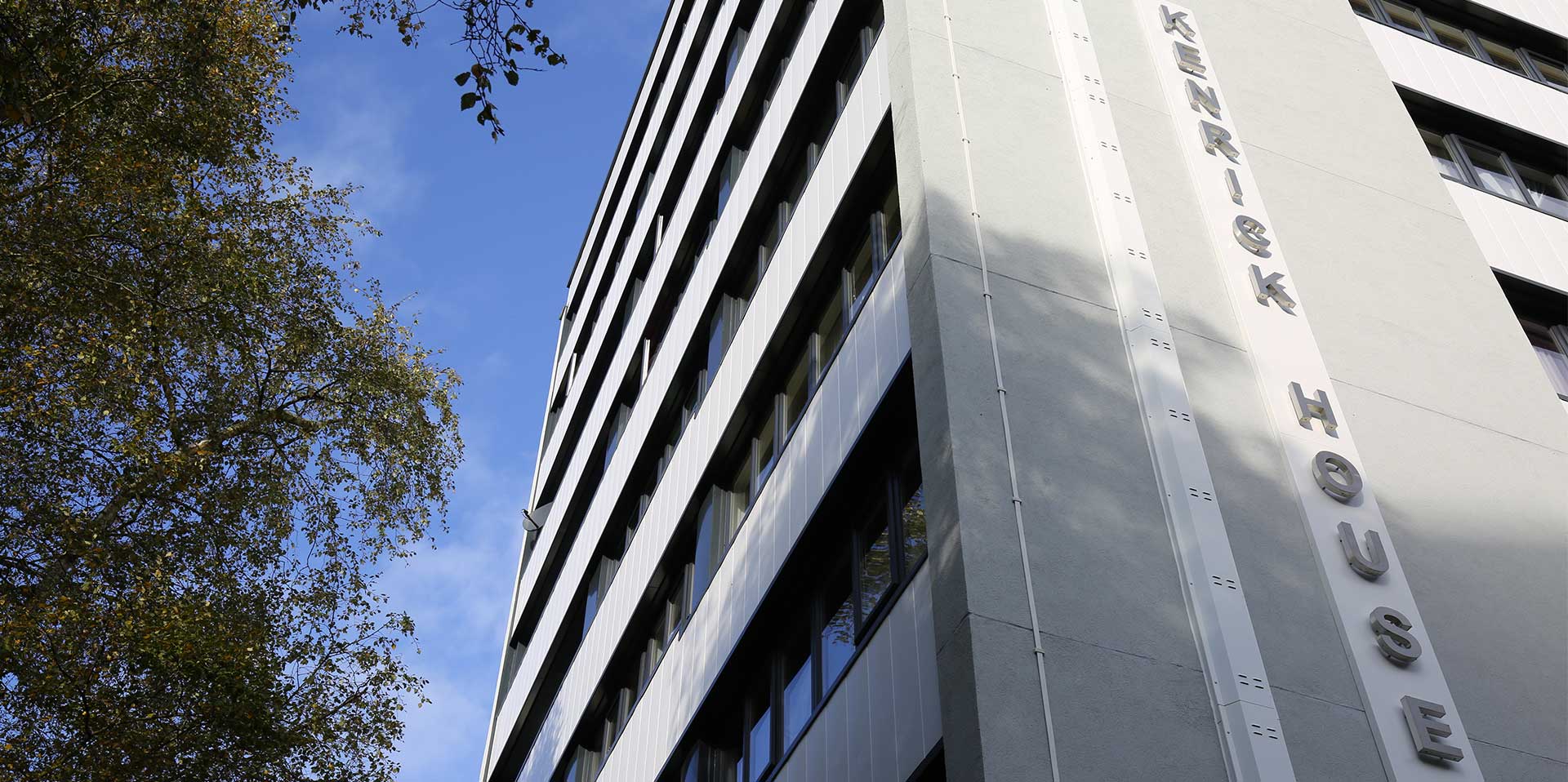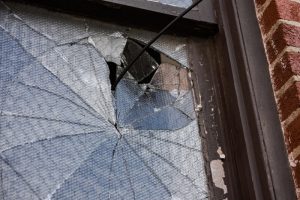We are firm believers that all housing should be safe and healthy to live in – whether it’s private rented property, social housing, housing association homes or owner-occupied housing. Thankfully, there is a pro-active risk-based evaluation tool to help. It allows local authorities to identify and protect against potential risks and hazards to health and safety in residential properties. This is known as the Housing health and safety rating system (HHSRS), which covers England and Wales.
Health and safety standards for rented homes – How does the HHSRS work? HHSRS Housing Act 2004
Introduced under the Housing Act 2004, local authorities have a duty of care to monitor housing conditions in their area. The HHSRS includes council and housing association homes and owner-occupied housing. However, in practice, it’s typically used to inspect privately rented homes.
Tenants who suspect that their home is unsafe or unhealthy can contact their local council. The local council will then instruct an environmental health officer to attend. A HHSRS survey is then carried out to assess the property according to the HHSRS’ 29 ‘prescribed hazards’. Each hazard that is detected is rated and banded, determining whether the property is rated as a Category 1 or Category 2 hazard.
If serious problems are found there are several routes that can be taken. These include informal negotiation with the landlord to improve the property, right through to enforcement action against the landlord. Emergency remedial action can also be taken in very serious circumstances. This is where the council can carry out the works themselves and charge the landlord.

HHSRS inspection – What is HHSRS training & what are the 29 HHSRS hazards?
The HHSRS Operating Guidance groups the 29 HHSRS hazards into these four groupings:
- physiological requirements
- psychological requirements
- protection against infection
- protection against accidents
The 29 HHSRS hazards are:
- Damp and mould growth
- Excess cold
- Excess heat
- Asbestos and MMF
- Biocides
- Carbon monoxide and fuel combustion products
- Lead
- Radiation
- Uncombusted fuel gas
- Volatile organic compounds
- Crowding and space
- Entry by intruders
- Lighting
- Noise
- Domestic hygiene, pests and refuse
- Food safety
- Personal hygiene, sanitation and drainage
- Water supply
- Falls associated with baths etc
- Falling on level surfaces, etc
- Falling on stairs
- Falling between levels
- Electrical hazards
- Fire
- Flames, hot surfaces etc
- Collision and entrapment
- Explosions
- Position and operability of amenities etc
- Structural collapse and falling elements
HHSRS hazards – What is a Category 1 hazard?
The definition of a Category 1 hazard is:
“a serious and immediate risk to a person’s health and safety.”
Category 1 hazards fall within the HHSRS higher hazard scoring bands A-C.
HHSRS hazards – What is a Category 2 hazard?
Less serious or less urgent hazards are classed as a Category 2 hazard. Category 2 hazards fall within the HHSRS lower hazard scoring bands D-J. However, councils can still take action on Category 2 hazards if deemed necessary.
HHSRS category 1 hazards – What does this mean for landlords?

If a landlord receives an improvement notice, in most circumstances, this means that they cannot issue tenants with a Section 21 notice (eviction notice) for 6 months. And if a home fails to meet the HHSRS standards, tenants have the right to take legal action against their landlord. This is in line with The Homes (Fitness for Human Habitation) Act 2018, which came into effect in March 2019.
Appendix IV, of the official HHSRS guidelines for landlords and property-related professionals’, outlines helpful HHSRS worked examples of how to effectively assess hazards.
How can housing providers minimise the chances of unacceptable hazards with HHSRS guidance?
Regular property inspections in line with the HHSRS guidance, coupled with consistent communication with tenants, are the best ways to minimise the risk of unacceptable housing hazards.
If you require help with the following hazards, high-performance window and door products from Shelforce offer effective preventative measures;
| HHSRS Hazard | Relevant Causes | Preventative measures |
| Damp & mould growth |
|
|
| Excess Cold |
|
|
| Entry by intruders |
|
|
| Noise |
|
|
| Domestic hygiene, pests and refuse |
|
|
| Fire |
|
|
| Collision and entrapment |
|
|
The right solutions for your housing project
Experienced and knowledgeable on all types of housing refurbishments, we work closely with local authorities, landlords and tenants to ensure the best possible outcome for each individual project. Browse through the installations we’ve worked on to understand the high calibre of our window and door products.
Begin your Shelforce journey by calling our Sales & Customer Service line on 0121 603 5262 or email us at shelforcesales@birmingham.gov.uk .
Related to this post:
How will a new Decent Homes Standard affect window manufacturing?
What are the egress window requirements for social housing in England, UK?
Front doors – something the council should review post-Grenfell?
What do most local authorities look for when specifying fire doors for high rise buildings?
What are the window requirements for high rise local authority housing buildings?







